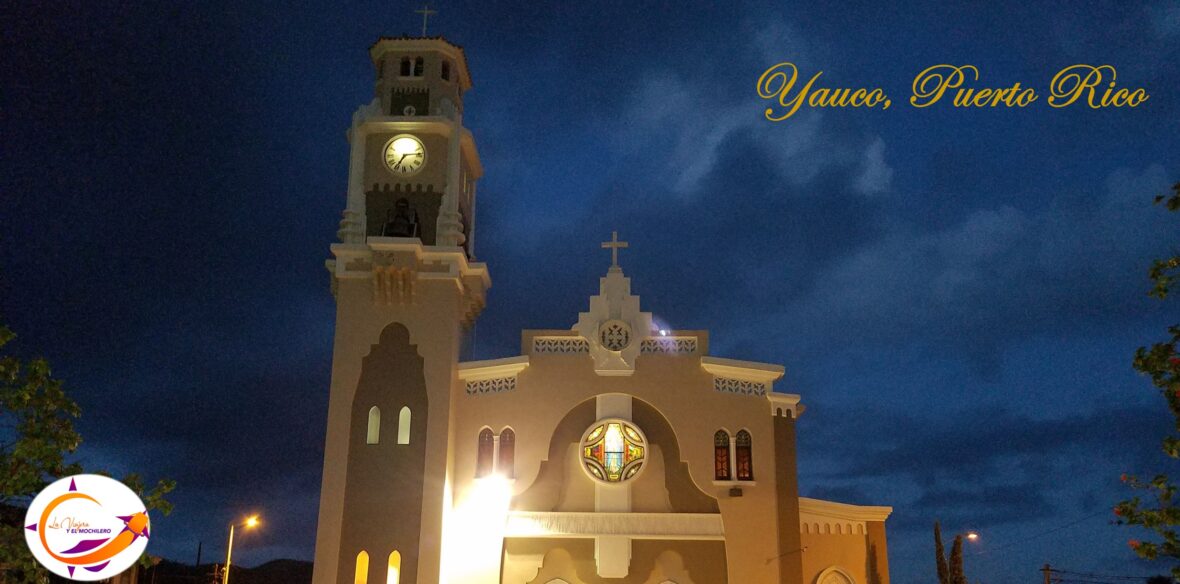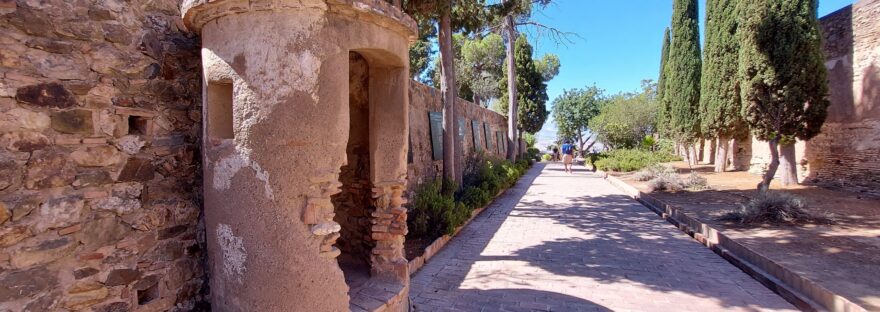The city of Malaga lies at its feet, beneath the “Gibralfaro” Castle, one of the most invincible fortresses of the Iberian Peninsula.
The hill where the castle is located bears the name of “Gibralfaro”, because of an ancient Phoenician settlement, known in those days as Jbel-Faro, or mount of the lighthouse and it actually had a lighthouse. It was Abderramán III who transformed the ancient ruins that existed before the arrival of the Romans into a fortress. The fortress was enlarged and converted into a fortress by the Nasrid king Yusuf I in 1340. Later, during the summer of 1487, the castle suffered a strong siege by the Catholic Monarchs. The castle became the temporary residence of Ferdinand the Catholic upon becoming victorious. Additionally, the castle was designated as an element of the coat of arms of the city.

The importance of the Gibralfaro Castle, according to information provided by the Provincial Council, is demonstrated by means of the Text of the Royal Decree of August 30, 1494, by which the coat of arms of the city of Malaga is adopted:
“The form of the same city and fortress of Gibralfaro with the corral of the captives in colored field; and by reverence of the blessed two martyrs, San Ciriaco and Santa Paula, who were martyred in said city, we order to put their image of each of them in pair in the Towers of Gibralfaro; and by the “onrra” of the port, we give it the waves of the sea; and by border of the said arms, our currency which is the Yoke and Arrows”.
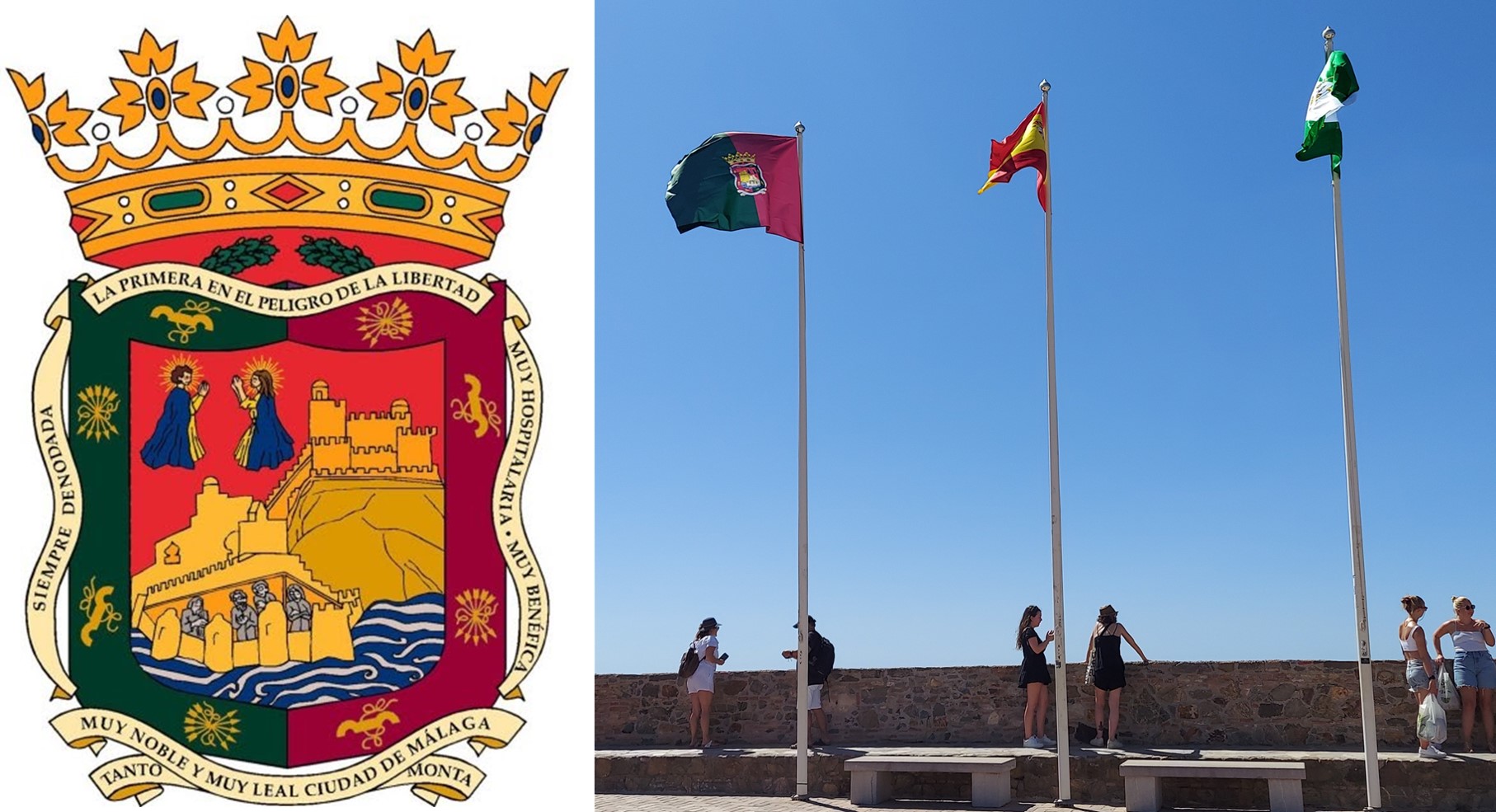
In addition to spectacular panoramic views, a tour of the walls of the Gibralfaro castle allows a clear view of the city of Malaga.

This fortress is composed of two lines of walls and eight towers. The outer wall is joined with the “coracha”, walls arranged in zigzagging shapes that keep the castle united with the Alcazaba, forming a monumental ensemble. For its part, the inner wall allows the tour around the perimeter of the fortress.

The Gibralfaro Castle was built to house the troops and protect the Alcazaba (citadel) during sieges, due to the widespread use at the top of the hill by the artillery.

The castle can be divided into two parts. The upper part is called the main courtyard and in it we find the Interpretation Center where there is an exhibition that reviews elements of daily military life in the castle throughout history. In this area is the main tower, 17 meters high, the Phoenician well and the baths. The Airón well is excavated in live rock and has a depth of 40 meters.
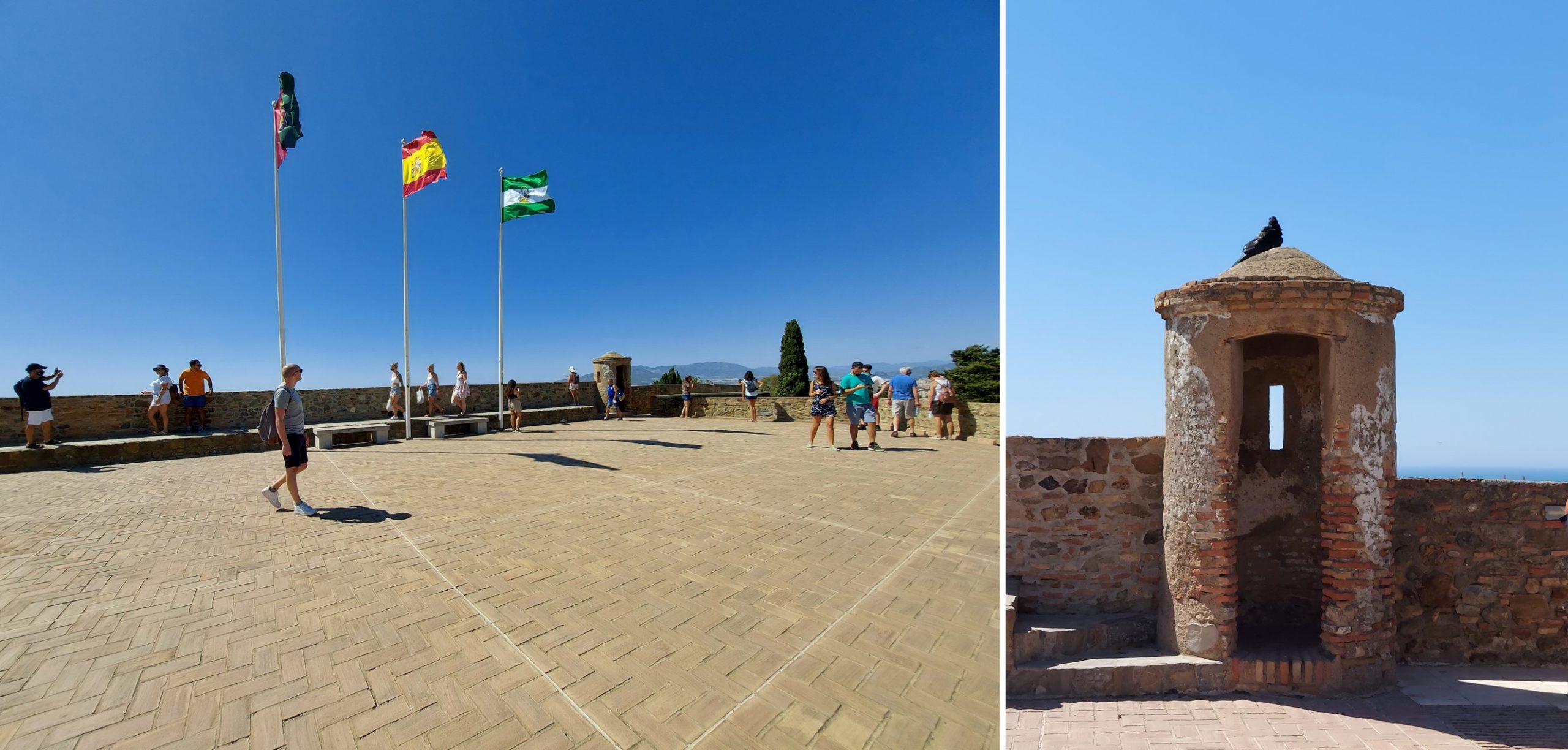
The lower part, or parade ground, concentrated the barracks of the troops and the stables. The albarrana tower or white tower, oriented to the northeast, is one of the most visible and inside it preserves a cistern, outbuildings and warehouses.
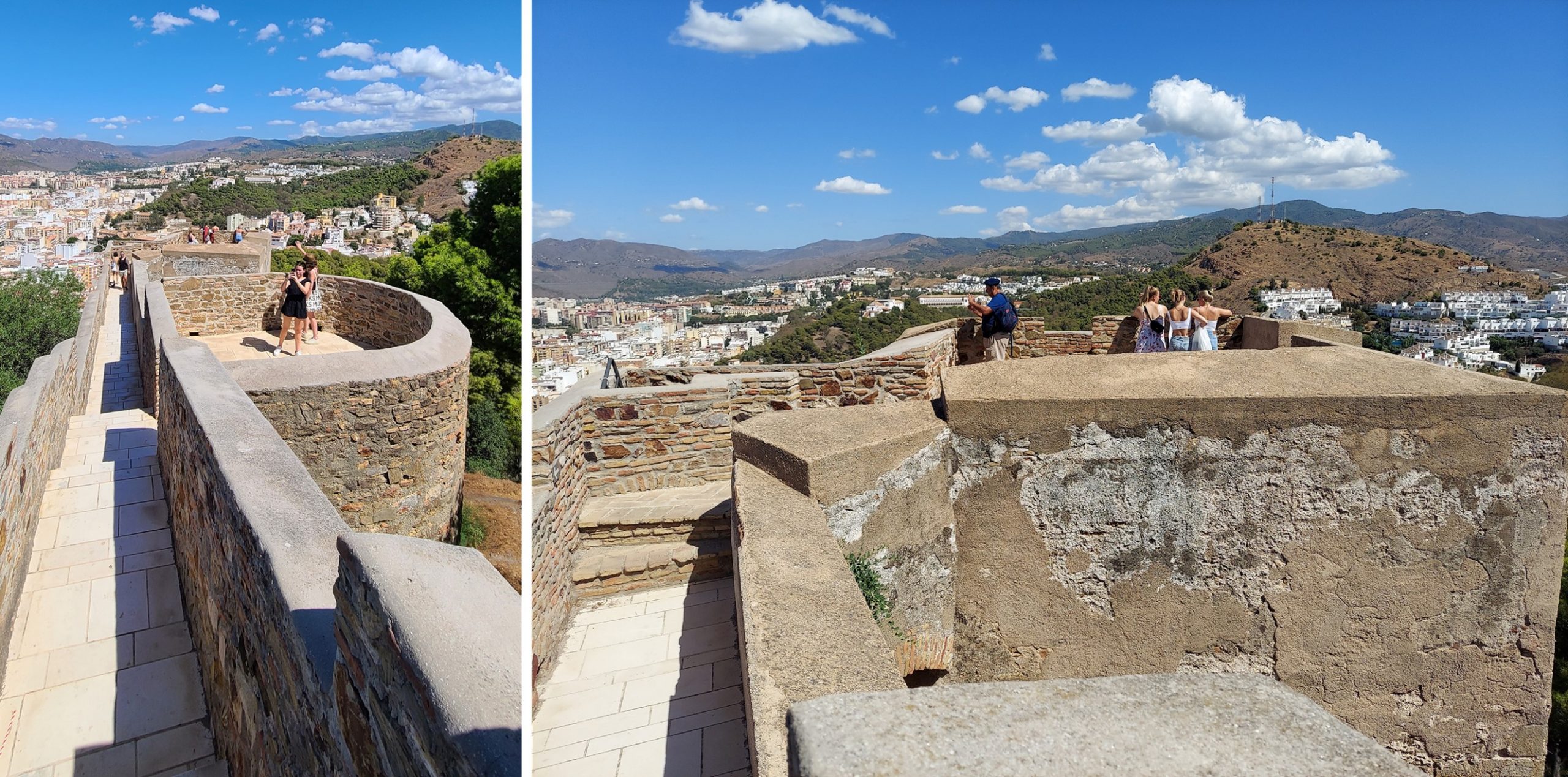
The flora and trees that are found along the route through the Gibralfaro, impart an air of softness to the walled enclosure.

The Gibralfaro Castle is of Cultural Interest, in the category of Monument, according to Law 16/1985 of June 25. It was declared a Historic-Artistic Monument on June 3, 1931.

The Gibralfaro Castle is one of the monuments that cannot be missed when visiting Malaga. The best experience is to observe the historic center of this port city from the height of this historic hill, and thus have an overview of its beauty.
Resources:
- http://www.malagaturismo.com/es/recursos-turisticos/detalle/castillo-de-gibralfaro/12
- https://es.wikipedia.org/wiki/Castillo_de_Gibralfaro
- https://guias-viajar.com/espana/malaga-subir-castillo-gibralfaro-vistas-panoramicas/
